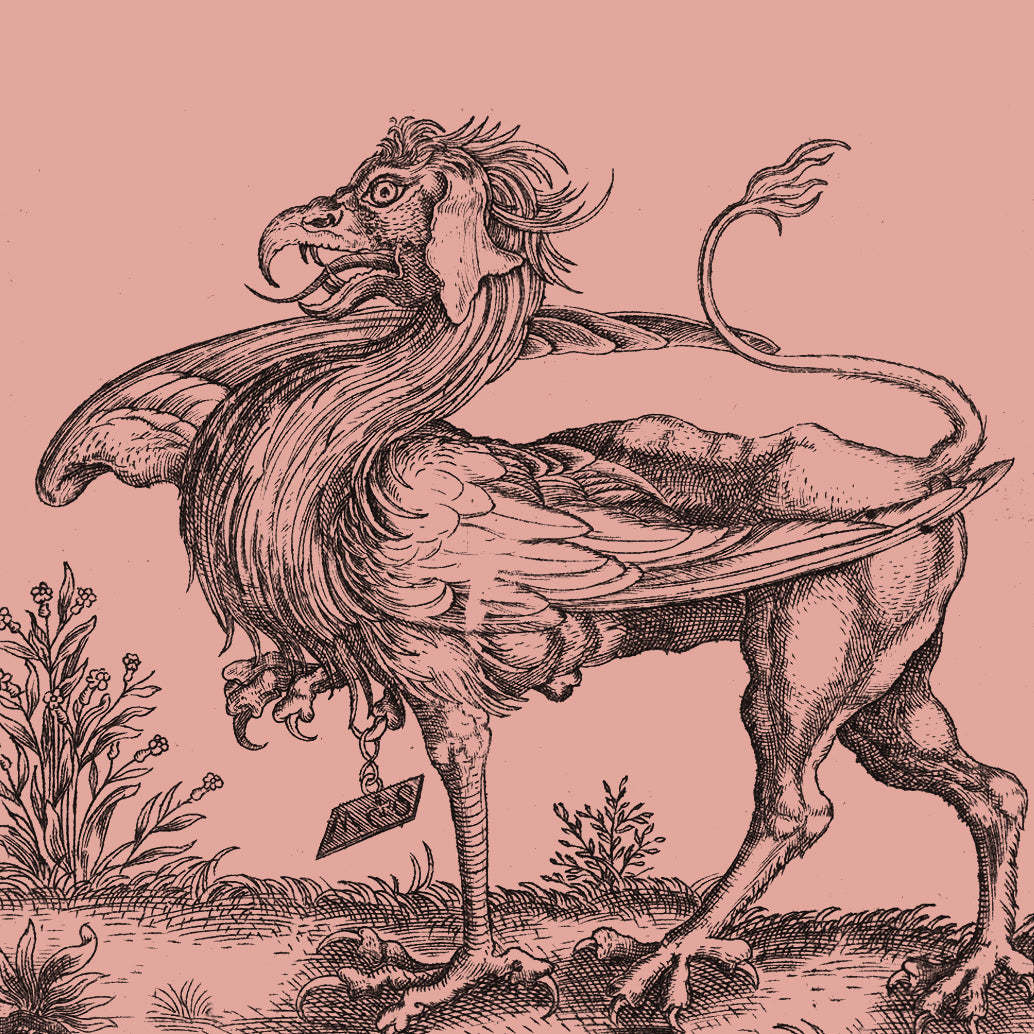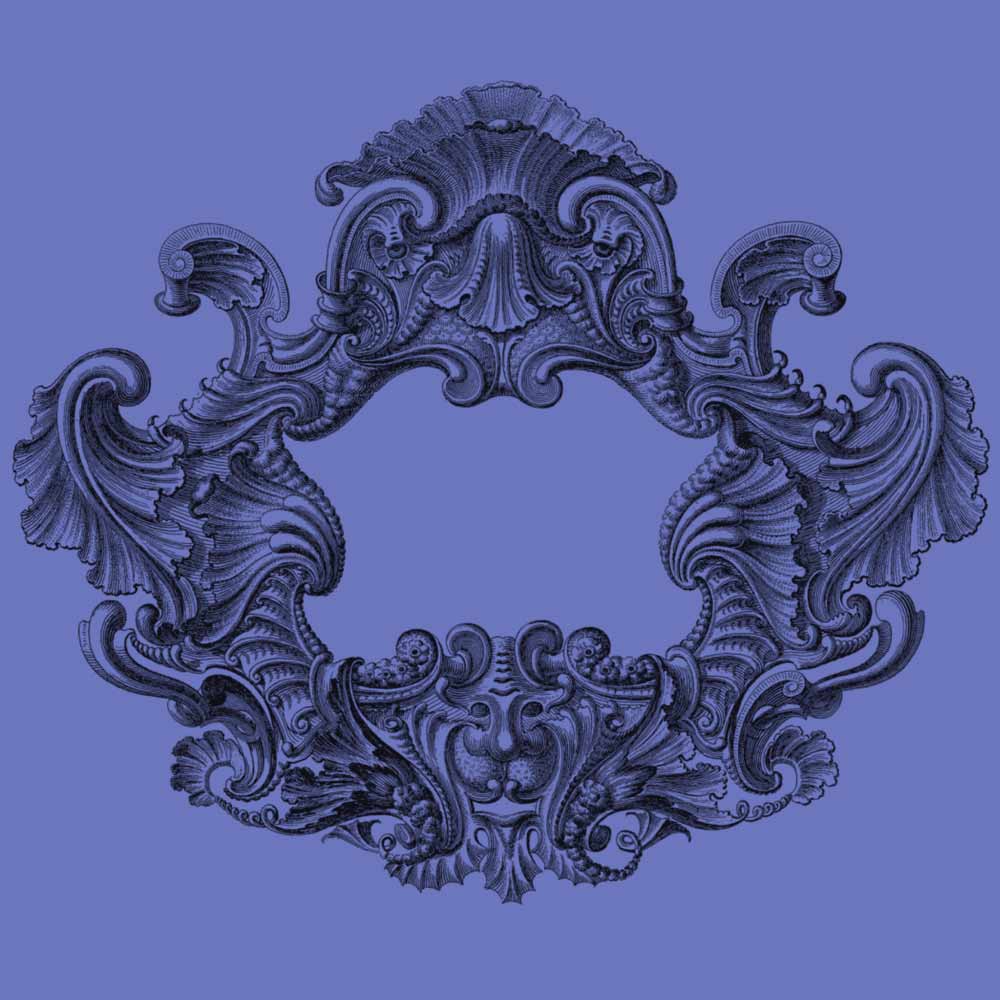Dragons in Folklore Around the World
What comes to mind when you think of a dragon? Depending on where you are in the world, the idea of what a dragon is will vary significantly. Dragons in western cultures are usually depicted as fire breathing winged and horned creatures. However, in eastern legends, dragons are wingless, serpentine beasts. They are associated with water as river guardians and controlling rainfall, hence the origins of dragon boat racing and dragon dancing.
References to dragons are in historical works such as the Bible, Greek and Roman literature, and the classic Old English poem, Beowolf. Some of the earliest dragon tales stretch back to Ancient Egyptian mythology. Apep, known as 'Lord of Chaos', was an enormous snakelike monster living in the Duat, the realm of the dead. Said to have a body 16 yards long and head made of flint, Apep often battled with Ra, the sun god.
Saint George is the patron saint of England, but the story of how he slew a dragon is set in Libya. A town was tormented by a dragon, held at bay by a daily offering of sheep. When the towns ran out of sheep, they began sacrificing humans, chosen by lottery. One day, the king's daughter was selected. Saint George happened upon the princess by the lake,
awaiting the dragon. She told him to flee, but he refused. The dragon emerged from the water and Saint George made the Sign of the Cross and charged, wounding the beast before leashing it using the princess's girdle. He offered to kill the dragon if the townsfolk consented to become Christians. They did, and George beheaded the dragon with his sword.
What is a Griffin?
A griffin (otherwise spelt as griffon or gryphon) is a legendary beast comprised of several animals. Imagine a creature with a lion's body, legs and tail combined with the head, torso, talons and the wings of an eagle and you'll get a popular description of a griffin. The combination of the powerful eagle and the fearless lion contribute to the griffin's reputation as a guardian of treasure and tombs. Griffins have made their way around the world and feature in the history of many countries and cultures, including ancient Egypt, Iran, Greece, Rome, India, China and Europe. Ancient Greek art depicted griffins pulling the chariots of Apollo and his sister Nemesis, closely associating griffins with courage, strength and justice, making them a popular motif in European coats-of-arms.
What are the Characteristics of a Centaur?
Centaurs have a human's head, arms and torso, with a horse's lower body and legs. The first tales of centaurs appear in Greek mythology and also feature in Roman mythology and medieval bestiaries. There are a few tales about the origins of centaurs, but a popular story tells of Ixion and Nephele. Ixion lusted after the goddess Hera during a feast hosted by her husband, Zeus. To trick Ixion, Zeus created Nephele, a cloud in the image of Hera. Ixion seduced Nephele and fathered the centaurs.
Chiron is a famous centaur known for his knowledge of medicine, herbs, music, archery, hunting, gymnastics and prophecy. Apollo, his foster father, instructed him, and in turn, Chiron taught many Greek heroes. However, Chiron was an exception among centaurs who were often depicted in stories and art as wild, lustful and fond of wine. Pirithous, King of the Lapiths, invited the centaurs to his wedding, but they got drunk and tried to abduct Hippodamia, the bride and the female guests. Luckily Theseus, the Greek hero, was in attendance. He helped the Lapiths defeat the centaurs in a battle that is known as the Centauromachy.
What Makes Unicorns Magical?
A unicorn is a mythical beast with a large spiralling horn protruding from its forehead. European tales describe the unicorn as a white animal similar to a horse or a goat. Unicorns feature in Mesopotamian artwork, Indian and Chinese mythology, and ancient Greek natural history. During the Middle Ages and Renaissance, the unicorn was known as a wild beast and a symbol of virtue that only a virgin could tame. Unicorn horn was also said to purify water, so enterprising medieval and Renaissance salespeople sold cups purportedly made from unicorn horn (in truth, narwhal or rhinoceros horn) to protect their wealthy customers from poison.
Traditionally, unicorns and lions are natural enemies. The unicorn is a popular heraldic motif known of Scotland, whereas the English royals use the lion. There are two versions of the royal arms; Scotland's design prioritises the Scottish details, including crowning the unicorn. The version used in England and overseas emphasises the English elements.
Interested in learning more?
Get
via
paperback or
eBook. Bring the tales of Greek and Roman mythology to life with this pictorial archive from Vault Editions. This volume contains 135 downloadable images of your favourite gods, goddesses and heroes including, Hercules battling vicious monsters, Theseus slaying the minotaur, the torture of Prometheus, Medusa's downfall at the hands of Perseus, Atlas carrying the weight of the world on his shoulders and Zeus hurling lightning bolts from his fists. It also features beautiful renderings of Mercury, Poseidon, Apollo, Hera, Athena, Achilles, Artemis and many more.
Image Download Included
Each book comes with a unique download link providing instant access to 135 high-resolution files of all images featured. These images can be used in art and graphic design projects or printed and framed to make stunning decorative artworks. We promise you will love this impressive pictorial archive.
This book also comes with the Vault Editions Skulls and Anatomy sample pack. This book is an essential resource for any graphic designer, tattooist, fantasy artist, illustrator or collage artist to take their artwork to the next level.









